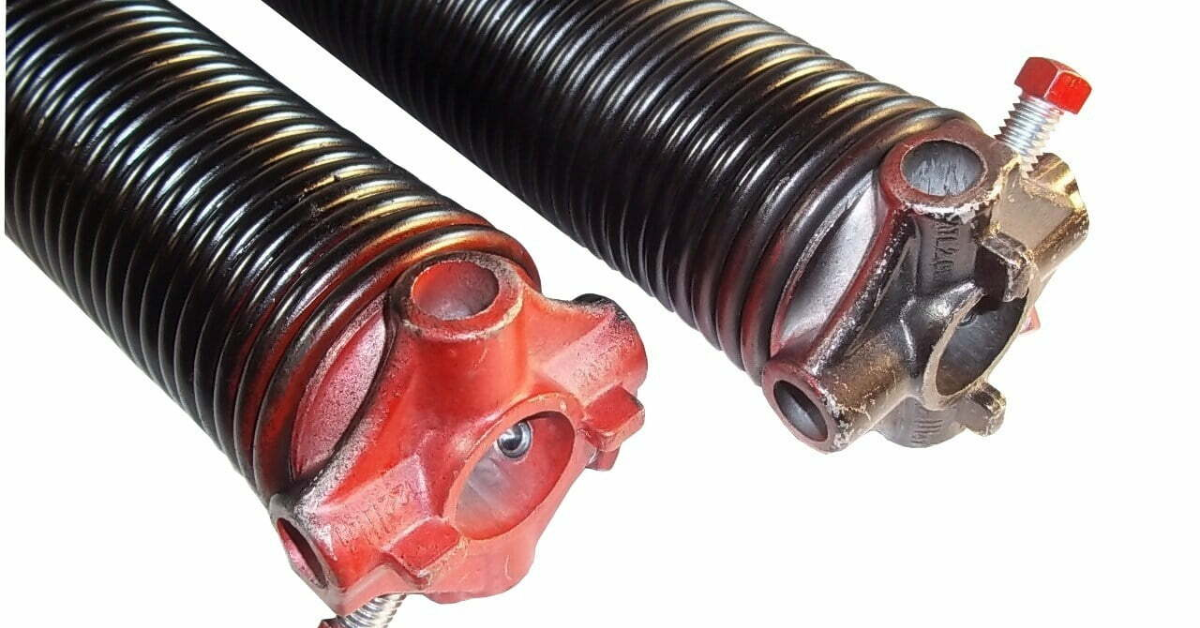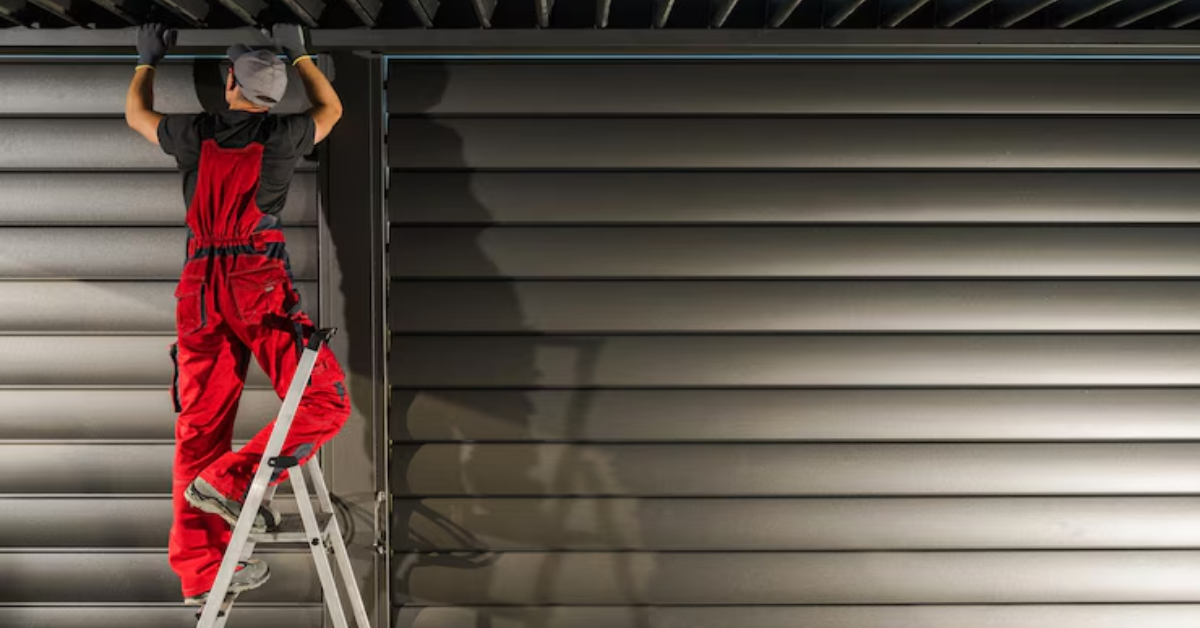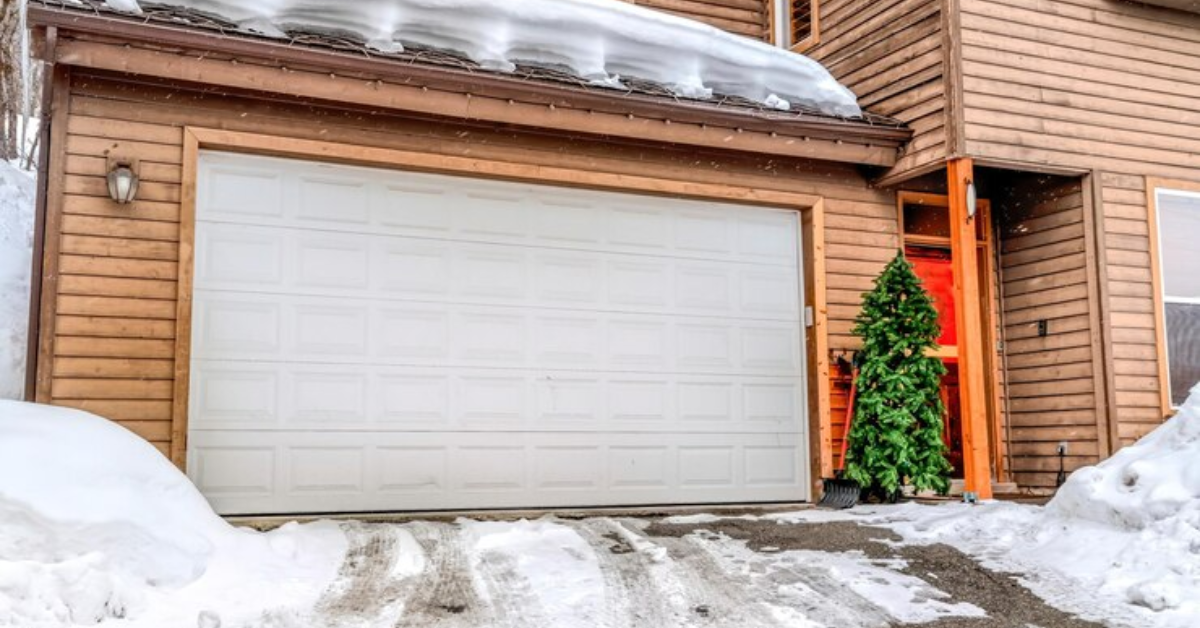Torsion vs Extension Springs: Which is Right for You?
Garage doors serve as more than mere gateways to our homes; they represent a sophisticated array of mechanisms intricately crafted for convenience, security, and operational efficiency. Within this intricate system lies the unsung champions: the garage door springs. Often overlooked, these vital elements constitute the powerhouse responsible for the smooth operation of your garage door, managing the weight and tension that render daily access effortlessly seamless. They bear the brunt of the door's movement, facilitating its fluid opening and closing, thereby embodying the very essence of a well-functioning and reliable garage door system.
The Role of Springs in Garage Doors
Springs in garage doors play a pivotal role, serving as the force that counterbalances the weight of the door. They store and release energy to facilitate the smooth movement of the door, whether it's gliding upwards or descending gently to secure your space. Without these springs, the burden of lifting the door's weight would rest solely on the opener, leading to premature wear and tear.
Types of Garage Door Springs
Within the realm of garage door springs, two primary types dominate the landscape: torsion springs and extension springs. Each variant operates uniquely, presenting distinct advantages and limitations that influence their suitability for various garage door setups. Understanding the mechanics and differences between these springs is crucial in making an informed decision for your specific needs.
The tale of torsion and extension springs unveils a nuanced comparison that transcends mere mechanical functions. To navigate this choice effectively, exploring their intricacies becomes paramount.
Torsion Springs
Torsion springs stand as stalwart pillars within the realm of garage door mechanisms, offering a robust solution to counterbalance the weight of these sizable entrances. Understanding their intricacies unveils a world of mechanical ingenuity.
Torsion springs, characterized by their tightly wound design, store mechanical energy when twisted. Comprising sturdy steel coils, these springs mount horizontally above the door, usually positioned parallel to the door opening. Their design enables them to bear the door's weight by twisting and releasing tension when the door is in motion.
The operation of torsion springs hinges on their inherent capacity to store and release energy. As the garage door closes, the torsion spring winds up, storing potential energy. When the door is activated to open, the released tension from the wound-up spring facilitates a smooth and controlled upward movement. This stored energy aids in lifting the door, balancing its weight effortlessly.
Pros of Torsion Springs
Durability: Torsion springs are renowned for their longevity and durability, often outlasting their extension counterparts.
Smooth Operation: Their design promotes a smoother and more controlled movement of the garage door.
Safety: Torsion springs are considered safer as they're typically installed above the door, reducing the risk of accidents.
Cons of Torsion Springs
Complex Installation: Installation and adjustments for torsion springs usually require professional expertise due to their design and tension.
Cost: Initial installation costs might be higher compared to extension springs due to their complexity and need for specialized installation.
Torsion springs, with their robust design and efficient operation, stand as a stalwart choice for those seeking reliability and
smooth functionality in their garage door systems.
Extension Springs
Extension springs serve as one of the primary types of garage door springs. These springs are designed to extend and contract, providing the force necessary to assist in lifting and lowering the garage door. They are typically mounted on either side of the door, parallel to the horizontal tracks.
Extension springs are distinguishable by their elongated coil design, which stretches and recoils as the door moves. When the garage door is closed, these springs extend to store potential energy. Upon opening the door, this stored energy is released, aiding in the upward movement of the door.
The functionality of extension springs relies on their ability to store and release energy. As the door closes, the springs extend and absorb energy. When the door is activated to open, the released tension from the extended springs assists in lifting the door. This stretching and contracting mechanism provides the necessary force for the door's movement.
Extension springs are often considered easier to install compared to torsion springs. They typically require fewer components and less complex mounting. These springs are generally more cost-effective in terms of initial installation expenses. Their simpler design and installation process can make them a budget-friendly option.
Limitations of Extension Springs
Extension springs typically have a shorter lifespan compared to torsion springs. They are prone to wear and tear due to the constant stretching and contracting, which may necessitate more frequent replacements.
Safety is a notable concern with extension springs. Since they are installed on the sides of the door, if they break or snap, they can pose a safety hazard, potentially causing injury or property damage.
Understanding extension springs involves recognizing their operational mechanism, advantages in terms of ease of installation and cost, along with their limitations related to lifespan and safety concerns. These aspects play a crucial role in determining their suitability for specific garage door systems.
Factors Influencing Your Choice
Garage Door Size and Weight Considerations
The size and weight of your garage door play a pivotal role in determining the type of spring best suited for your setup. Heavier doors require springs capable of bearing that weight. Torsion springs excel with heavier doors due to their ability to handle greater loads more efficiently. Extension springs, however, might be suitable for lighter doors but may struggle with heavier ones, causing premature wear and reduced functionality.
Durability and Longevity
The lifespan of springs is a crucial factor in your decision-making. Torsion springs often outlast extension springs due to their design and mechanics. Torsion springs, being less prone to wear from constant stretching and contracting, offer greater durability, requiring fewer replacements over time compared to extension springs.
Maintenance Requirements
Consider the maintenance demands each type of spring entails. Torsion springs typically have lower maintenance needs, requiring occasional lubrication and periodic inspections. Extension springs might demand more attention due to their tendency to wear out faster, necessitating regular checks for signs of wear and tear to prevent potential issues.
Cost Analysis
Cost is a significant consideration when selecting garage door springs. While extension springs often present a lower initial investment, considering their simpler installation, they might incur higher long-term costs due to more frequent replacements. Torsion springs, despite higher initial installation costs, tend to be more cost-effective in the long run due to their longevity and reduced maintenance needs.
Assessing these factors holistically helps in making an informed decision tailored to your specific garage door setup. By evaluating the door's weight, durability, maintenance requirements, and cost implications, you can determine which type of spring aligns best with your needs and budget in the long term.
Making the Right Choice for Your Garage Door Spring
Assessing Your Garage Door's Needs
- Begin by determining the weight and size of your garage door. Heavy doors require springs with higher lifting capacities, typically better handled by torsion springs. Lighter doors may function well with extension springs.
- Consider how frequently you use your garage door. Frequent usage might require more durable springs, favoring torsion springs due to their longevity.
- Assess environmental elements like temperature variations. Torsion springs tend to be more resilient in extreme weather conditions compared to extension springs.
Consulting with Professionals
- Engage a professional garage door technician to inspect your door. They'll assess factors like the door's weight, condition, and your usage pattern, offering valuable insights into the most suitable spring type.
- Professionals can provide guidance on which spring type aligns best with your specific garage door and usage requirements. Their expertise ensures a more accurate selection, minimizing potential errors.
Making an Informed Decision
- Evaluate the recommendations provided by the garage door professional against your needs and budget constraints.
- Assess the long-term benefits of each spring type, including durability, maintenance needs, and potential repair or replacement costs. Balance these against the initial investment.
- Consider safety aspects associated with each spring type. Evaluate the safety features and potential risks of installation, use, and maintenance.
Installation and Maintenance Tips
Garage door spring installation involves high tension and precise adjustments. Professional installation ensures safety during the setup, minimizing the risk of accidents or injuries. Garage door springs need accurate positioning and calibration for optimal functionality. Professionals have the expertise to install the springs correctly, ensuring smooth and balanced door movement. Professional installation often comes with warranties or guarantees, offering peace of mind regarding the workmanship and functioning of the installed springs.
Ensuring the optimal functionality and safety of your garage door springs involves several key practices. Conduct routine visual inspections of the springs,
cables, and pulleys to detect any signs of wear, corrosion, or damage. Listen for
unusual sounds or observe imbalances during door operation, as these could signal underlying issues. Regularly apply a silicone-based lubricant to the springs, rollers, and hinges to maintain smooth movement and minimize friction. Avoid attempting tension adjustments on the springs without proper expertise and tools, opting instead to contact a professional if any issues with tension or balance arise.
Keep an eye out for signs of wear, rust, or deformation on the springs, considering replacement to prevent sudden failures that may lead to accidents. Always exercise caution around garage door springs due to their high tension, refraining from touching or attempting repairs without adequate knowledge and equipment. Prioritizing professional installation for accuracy and safety, coupled with consistent adherence to maintenance best practices, guarantees the longevity and secure operation of your garage door springs. Through regular inspections and timely maintenance, potential issues are addressed, enhancing the overall functionality and safety of your garage door system.
Conclusion
Torsion and extension garage door springs differ based on a variety of factors unique to each garage setup. While torsion springs boast durability, smoother operation, and enhanced safety, extension springs offer simplicity and cost-efficiency. Understanding your garage door's specific needs, consulting with professionals, and weighing the factors of durability, maintenance, and cost all contribute to making the right choice. Whether it's the robust reliability of torsion springs or the practicality of extension springs, the ideal selection ensures not just the seamless functioning of your garage door but also safety, longevity, and peace of mind for your home.




